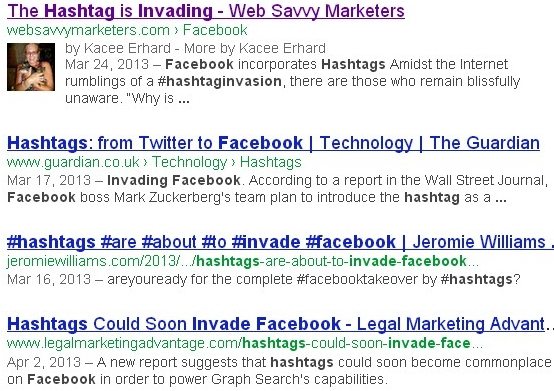 It’s not for real…yet. Author Rank is being touted as the most significant up-and-coming SEO influence. Definitely sounds like magic, right?
It’s not for real…yet. Author Rank is being touted as the most significant up-and-coming SEO influence. Definitely sounds like magic, right?
Author Rank is Pixie Dust Today, a Flying Algorithm Tomorrow
When – not if – it comes into play, those who’ve been sprinkling their efforts in preparation for Author Rank will – at the very least – have established authority, according to SEO expert A.J. Kohn of The Blind Five Year Old.
Author Rank is Google’s push to rank the landslide of data in a way that will help you:
- link to your great content
- build a website with authority
- get quality content into your SERPs
- make relationships with other people in your field
- share relevant content – your own and others
The strategic steps towards building a platform where authors will be ranked according to their content creation are already in place:
1. Identity platform (Google+ profile)
2. Social search (Search + Your World)
3. Google verification method (Google authorship)
What flies next logically follows, especially when you take into account Google’s patent application and Google insider statements:
4. Graded ranking in search results (Author Rank)
This verified author content will be given a grade that will influence its rank in Google search results. When Author Rank actually happens, that is.
In the meantime, taking the steps toward building authority is a prudent and practical move. Whereas Author Rank is still fanciful pixie dust, Google Authorship Markup isn’t hocus pocus; it’s real and you need it to stay relevant.
Here’s what else you can do to prepare for Author Rank and build authority.
-
Get active on Google+. Keep your participation on the upswing. It’s good right now for your Authorship Markup because Google is putting Google+ posts in SERPs of your circles. Think building your circles, posting original work, resharing, liking, commenting, replying, and hangouts.
-
Maintain your social profiles. This could give your overall ranking a boost, while giving you added exposure now.
-
Produce great content. Give your readers the information they want while publishing your best work. Now that your name and headshot are attached to your work through Google Authorship Markup, building your reputation is unavoidable.
Like Google Glasses, there’s a chance the technology won’t pull through to do what’s expected. But what if the fairy dust makes it fly and Author Rank is “the next Pinterest plus Amazon plus Facebook plus the iPhone put together,” as analyst Sarah Rotman Epps with Forrester Research suggests about the glasses.
What if someday we wear Google Glasses and our brains help rank content as it travels over the lens? What if we refuse to dabble in the magic?
What if all you had to do was be a wizard in your field and sign up?










